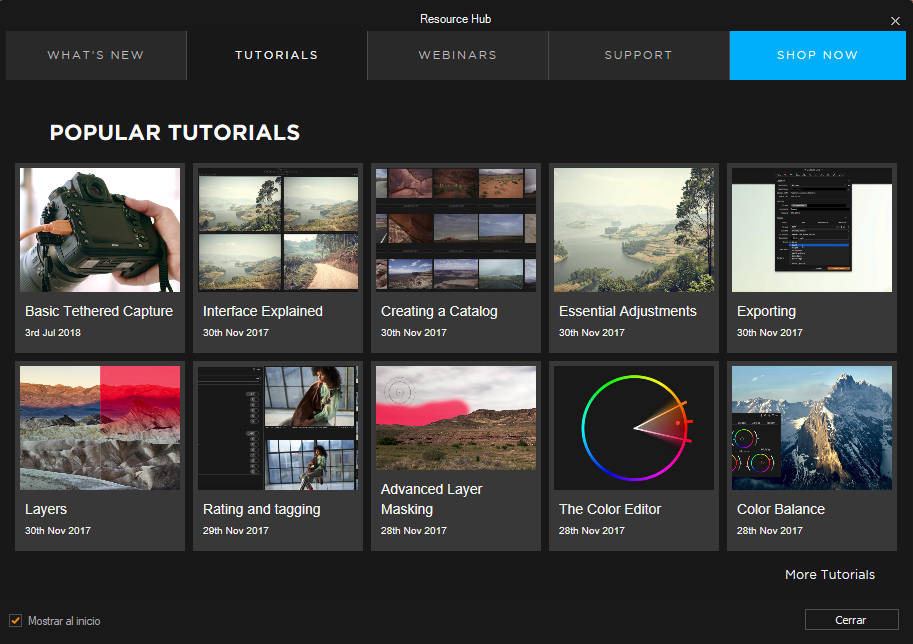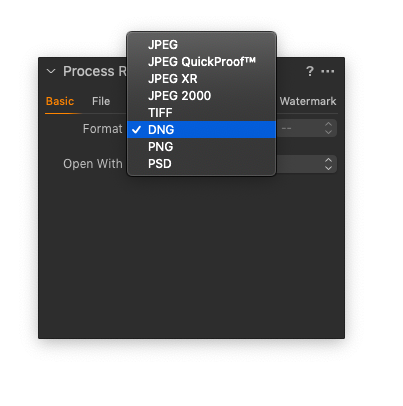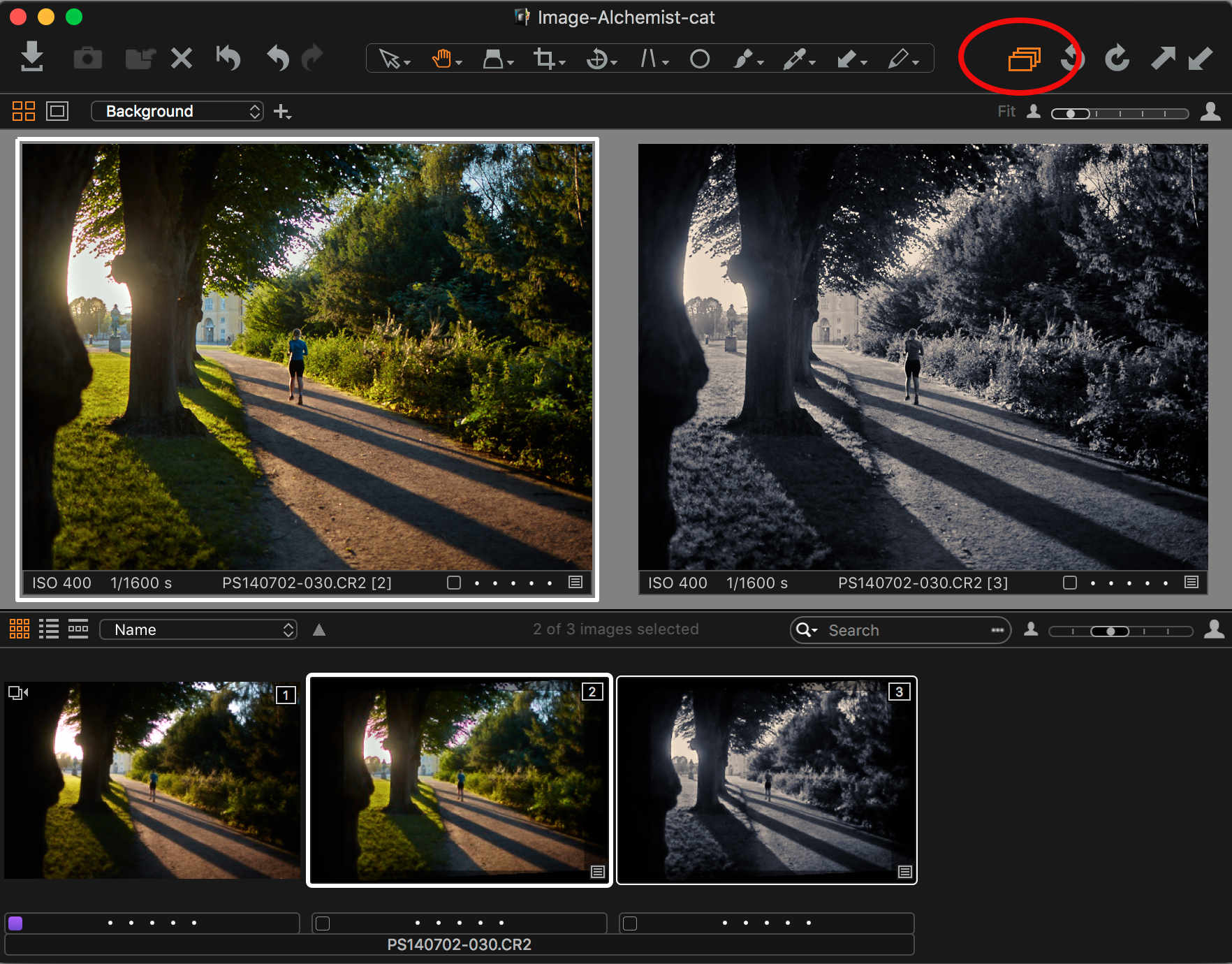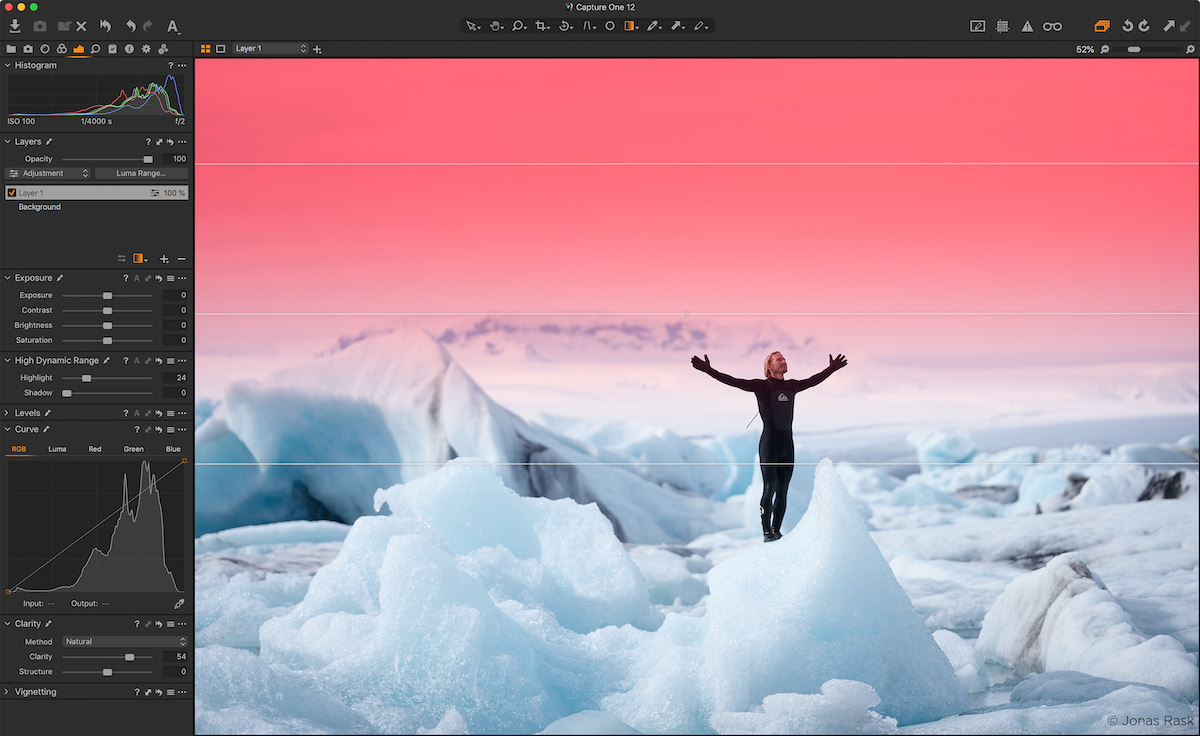The Creative Flow Spark your creativity and bring your photos to the next level! Discover more than 1200 Beautiful Lightroom Presets, over 1000 Profiles, and 200 Creative Brushes! The Creative Flow is your own personal preset “toolbox” where you can swap out a variety of different looks with a few simple clicks. Capture One Pro lets you edit files from all major camera brands. Or save with a Capture One version that's just for Fujifilm, Sony or Nikon cameras. Plus, get solutions for business and multi-user teams. Products & Plans. Scroll to explore. DK-2000 Frederiksberg.
As I mentioned before, I use Capture One and Lightroom for processing my pictures. In this article I will explain how I organize my pictures to play nicely with both programs and potential others in future.
Before I explain how I organize my photos I would like to take a moment to layout the goals I try to solve:
- Simplicity The file system layout should be so simple that I can use even without any 3rd party program.
- Modularity I take a lot of picture while on the road. While traveling or on a shoot I like to be able to process my pictures on the road and later merge my changes into my main catalog and repository.
- Extensibility While I like the software I currently use, you never know which other software is coming out in the future that either complements the current software or replaces it. Therefore the system should be future proof and allow me at or replace current software without having to redo everything.
Physical Organization
The physical layout, by that I mean how the files are stored in the file system, is a follows:
- I store all my images in the same location i.e., in a sub-folder in my Picturesfolder (currently located on an external raid system)
- In the Pictures I have a folder for each year (e.g., 2014, 2015, etc)
- Within each year folder I have a sub-folder for each trip/project/location. The naming convention of this sub-folder is <date>---<Name>. The name is generally the location where I took the images (e.g., Paris) or the event of which I took the images from (e.g., Wedding-X+Y). As it happens each of these sub-folders is a Capture One session.
- Within the project folder (i.e., Capture One session) I have the a sub-folder for:
- Capture photos taken (all photos minus the ones moved to the selects folder for
- Output final processed images
- Selects photos that I have selected for further process. This folder is one of the biggest time savers I have encountered. Instead of having to look through maybe a dozen similar photos you simply can look in this folder and know exactly which one was the keeper.
- Trash deleted photos
- Videos videos taken
- Upon import I rename all files to match the session directory with a counter for the images. Nothing is more annoying that having a non-descriptive generic filename when looking browsing through the file system.
Here is a visual representation how my files are organized
The approach is relative simple, every photo is at maximum 3 levels from main folder. While being on the road I can create a new Capture One session for each project/location, organize and process my pictures. When I am back home I simply copy the whole folder into my main folder hierarchy and import the images into my main Lightroom catalog.

Capture One Dng Support
Virtual Organization
In the previous section I described how I organize the images on the filesystem. In this section I describe how I manage my photos within Lightroom and Capture One. Both Lightroom and Capture One offer collections, but unfortunately there is no way to sync them across programs. I therefore decided to organize all my images via hierarchical keywords. Meta-data, like keywords, can be stored in the file itself (or in side car files). Using this approach I not only can have the same organization between both programs, but also can use other programs that supports hierarchical keywords. As added bonus this also serves as a backup of my organization system in the file system.

Dng Capture One Free
Settings and Configuration
Storing Meta-Data with Files
Both Lightroom and Capture one allow you to store/sync metadata in the actual files (or side car files). This crucial for my approach. In Lightroom you can enable this in the catalog settings:
In Capture you can enable this in the Image -> Metadata settings. You can choose to either have full synchronization enabled or just load:
Rendering out the Keepers

Capture One Dng Import
One of the issues you have with using multiple, non-destructive software systems is that they do not create physical files. This is a great way to conserve space but will require you to open the corresponding app to access the images. To avoid this issue I started to render out my keepers (i.e., photos that would more than happy to show to other people). While this requires a little more space, it allows me to access the image without having to open application, directly from the file system and allows the other application to see it too.
Dng Capture One License
To DNG or not to DNG
Dng Capture One Download
The clear answer is not to convert your files to DNG (This is not an article about DNG, but most of the Adobe's marketing facts do not hold up in real live). I used to do this for a while an regret it. There is simply no real advantage of using DNG over the native file format. Once Adobe converted the files to DNG other software (e.g., Capture One) cannot unleash its full potential due to the fact that the original information has been altered or lost.

